Canadian artist Alex Colville’s (1920–2013) Horse and Train is among the most recognizable images in Canadian art and encapsulates much of what is unique about his practice. The clashing binaries of nature and machine, order and chaos, the waking world and the world of nightmares, are all at play in this simple, iconic image. It is tempting to view this small panel as a response to Surrealism, with its jarring juxtapositions, but Horse and Train had its genesis in a poem by South African writer Roy Campbell (1901–1957):
I scorn the goose-step of their massed attack
And fight with my guitar slung on my back,
Against a regiment I oppose a brain
And a dark horse against an armoured train.
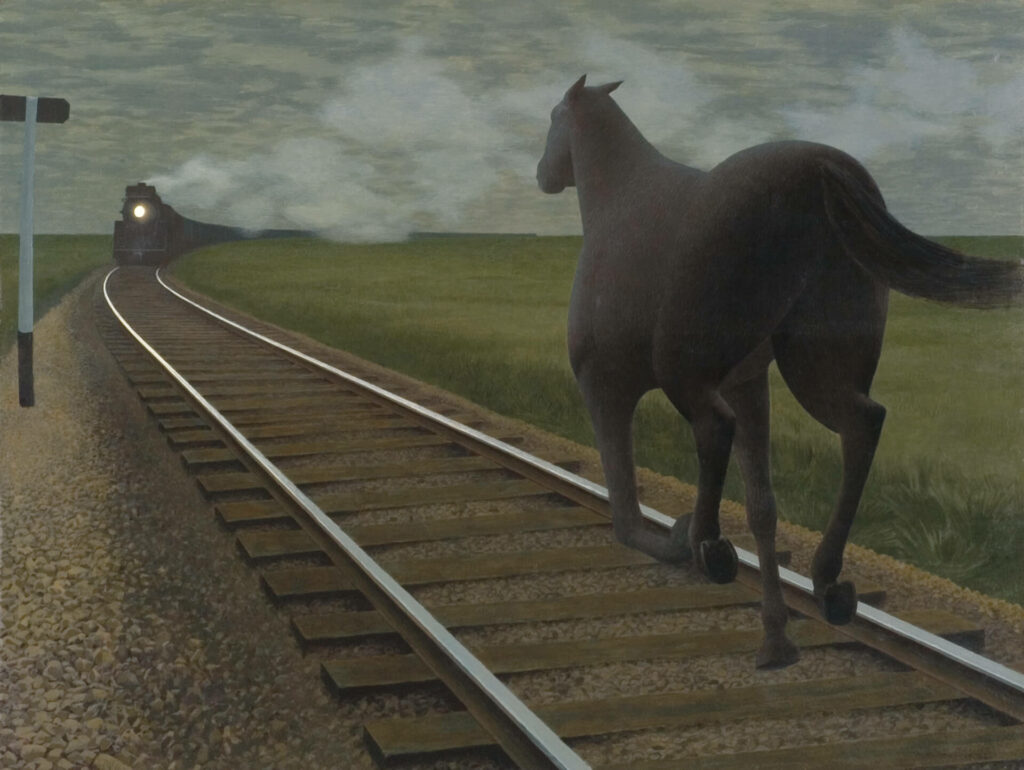
Casein tempera on hardboard, 41.2 x 54.2 cm, Art Gallery of Hamilton
Campbell toured North America in 1953, including a reading stop at Mount Allison University in Sackville, New Brunswick, where Colville met the poet. A March 1954 sheet of sketches with preparatory images for this painting includes Colville’s notation of these lines.
Horse and Train has many possible readings. Perhaps it is a metaphor for human life, with the horse representing the individual, the tracks time, and the train death. Perhaps it is a lament about the world’s mechanization and its doleful effects on nature. As curator David Burnett observes, differing readings do not alter the painting’s impact: “One way of thinking of a dark horse does not preclude others…. And all readings (viewings) are poetically sharpened by the natural shock and surprise of the image.”
This Spotlight is excerpted from Alex Colville: Life & Work by Ray Cronin.
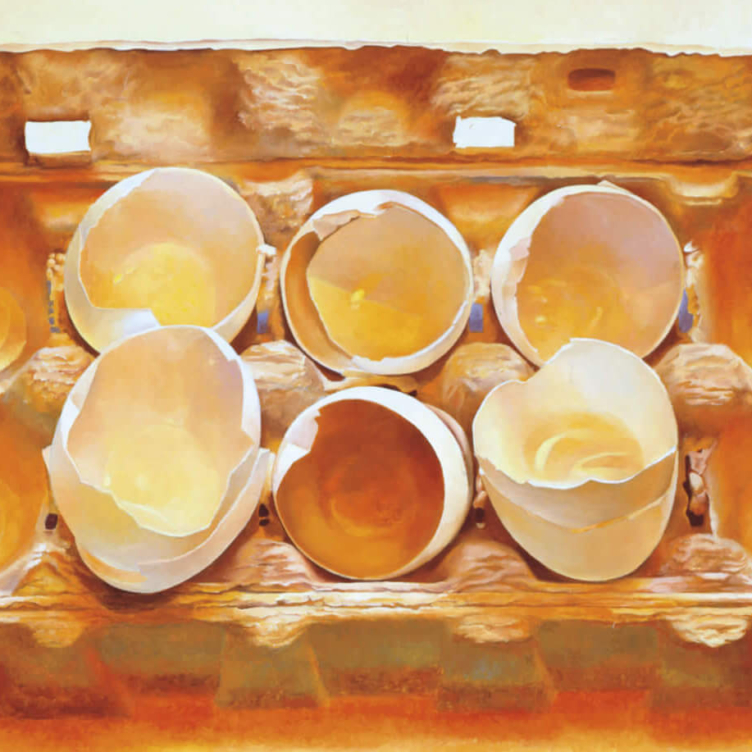 The Weight of Absence
The Weight of Absence
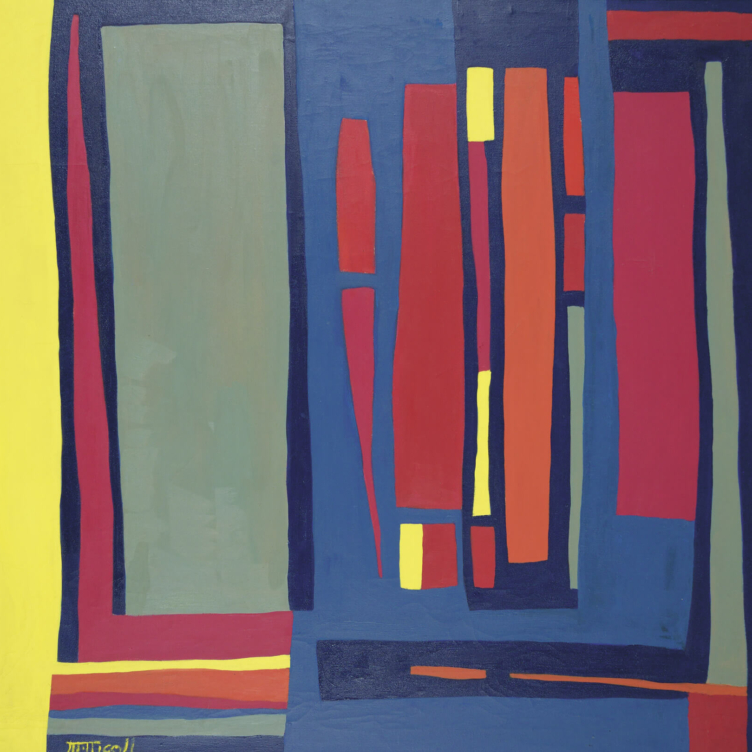 Abstract Alberta
Abstract Alberta
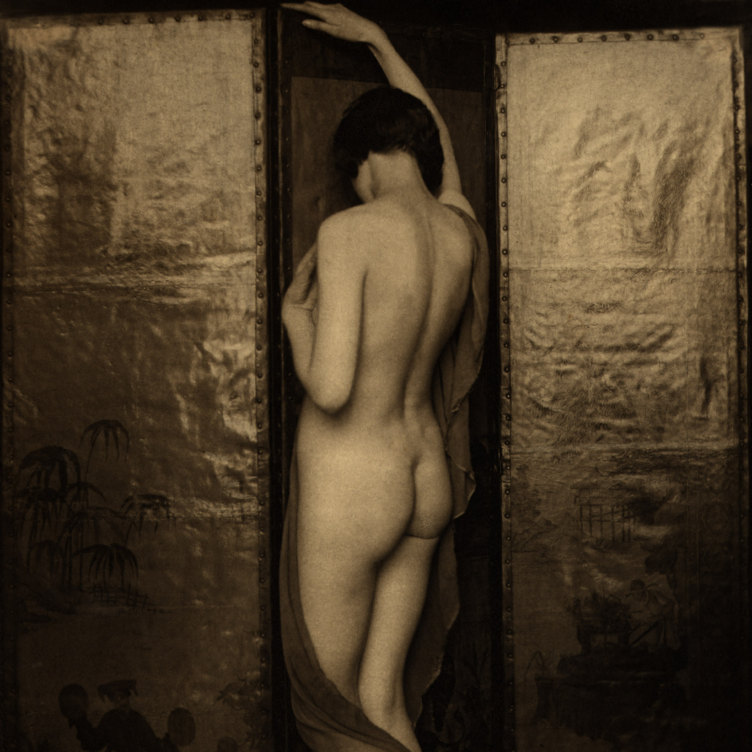 The Art of the Body
The Art of the Body
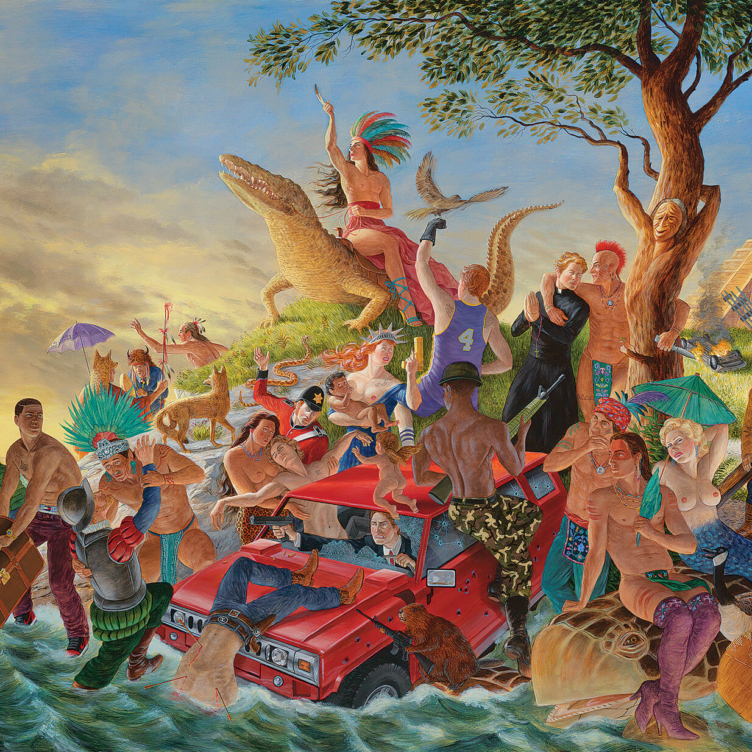 Rococo Riff
Rococo Riff
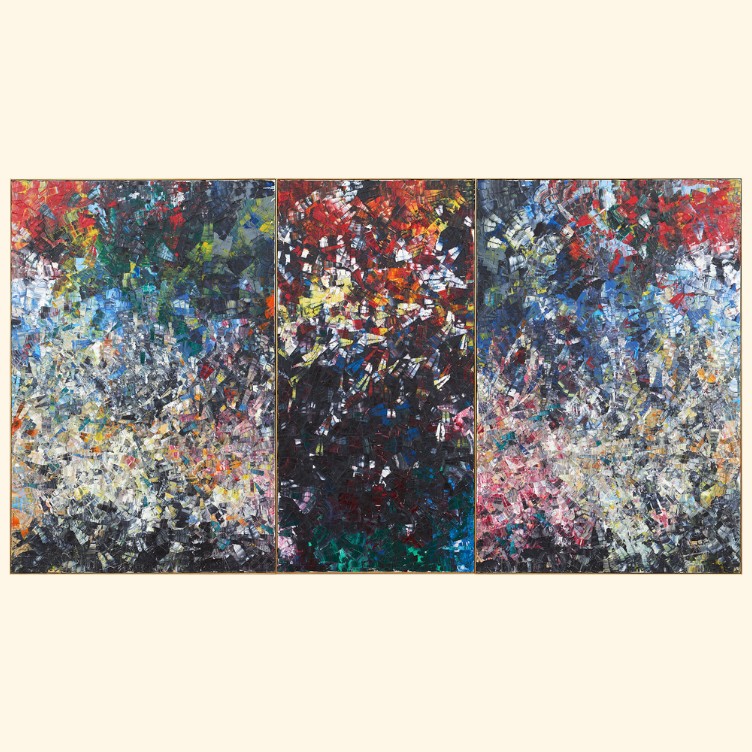 In Memory of Monet
In Memory of Monet
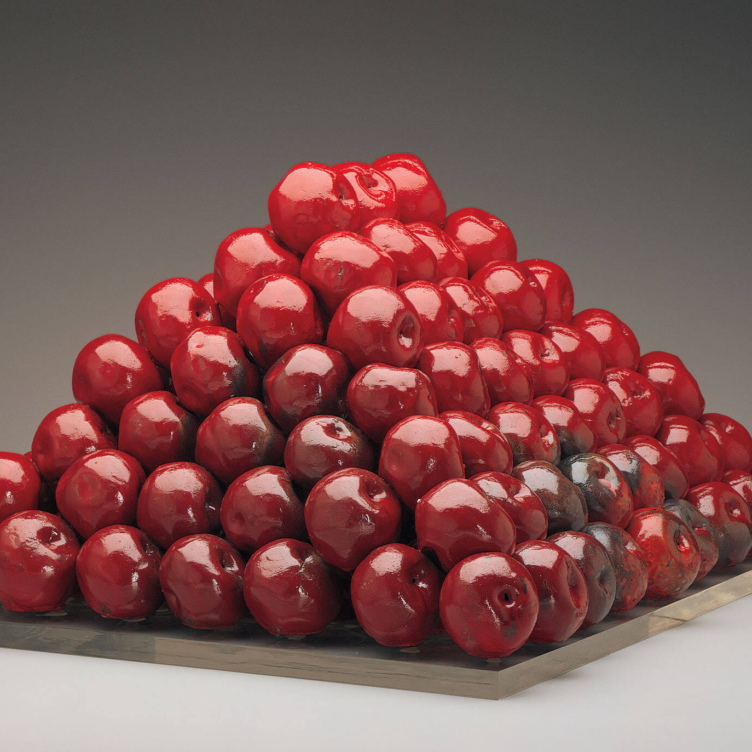 Pyramid Scheme
Pyramid Scheme
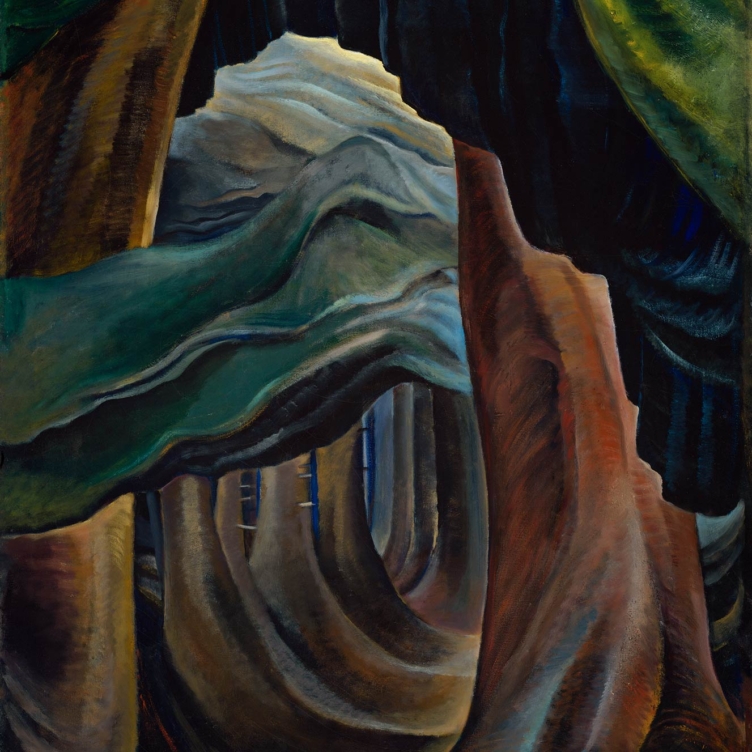 Transportive Trunks
Transportive Trunks
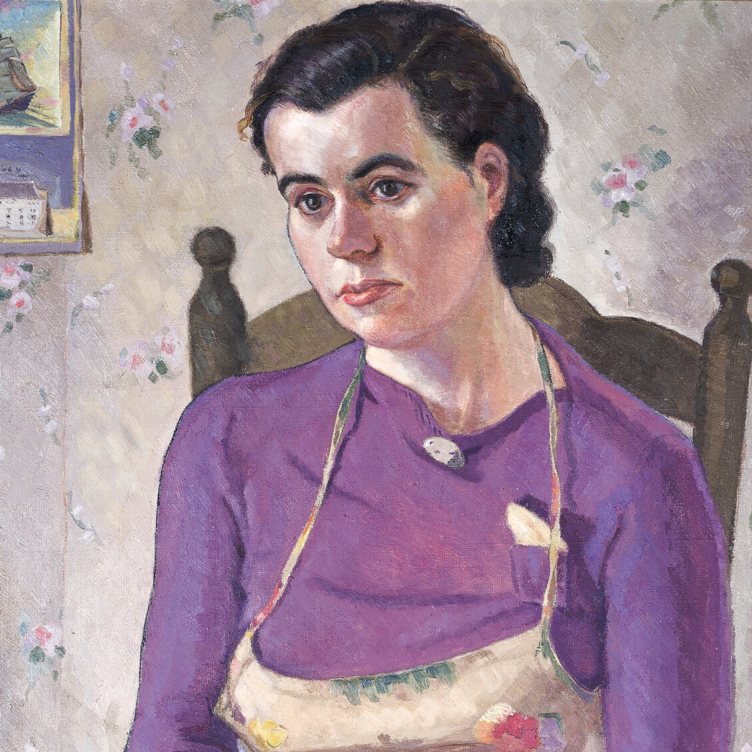 The Military Mate
The Military Mate
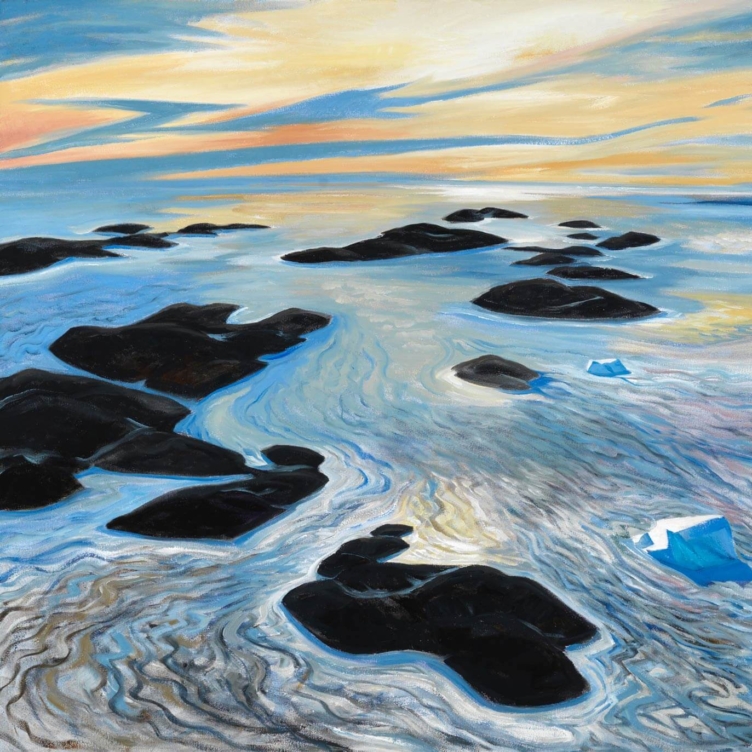 Looking Up on the World
Looking Up on the World
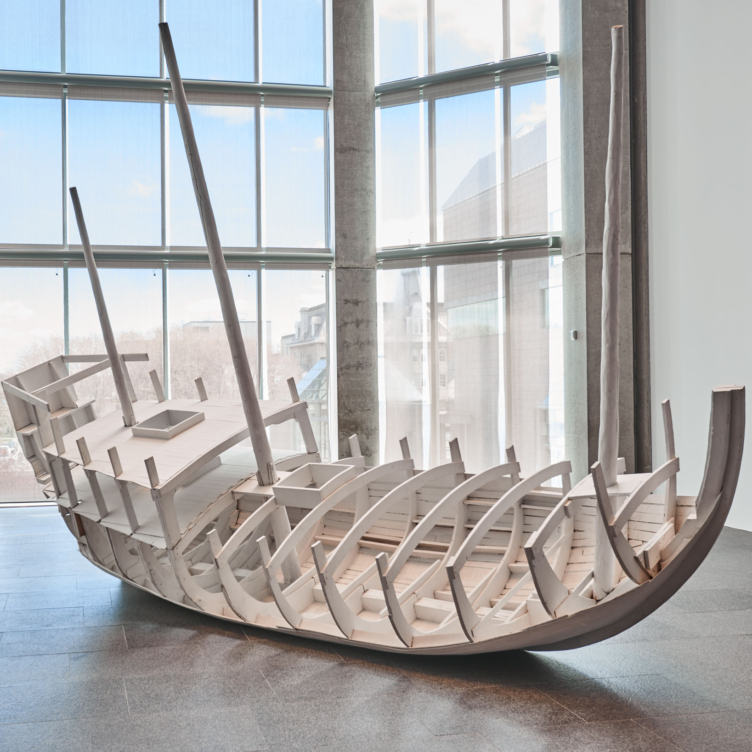 Vessel of Despair
Vessel of Despair
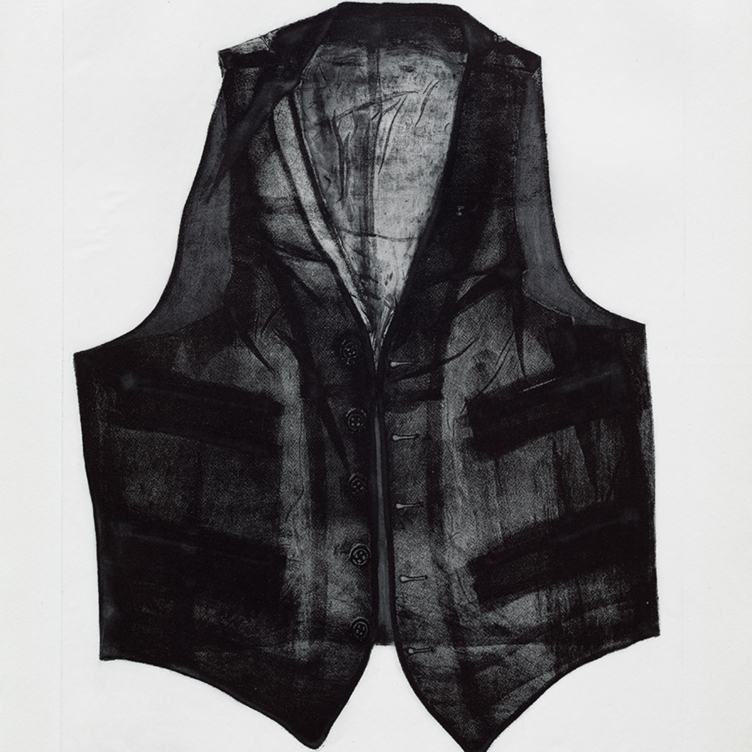 Layers of Meaning
Layers of Meaning
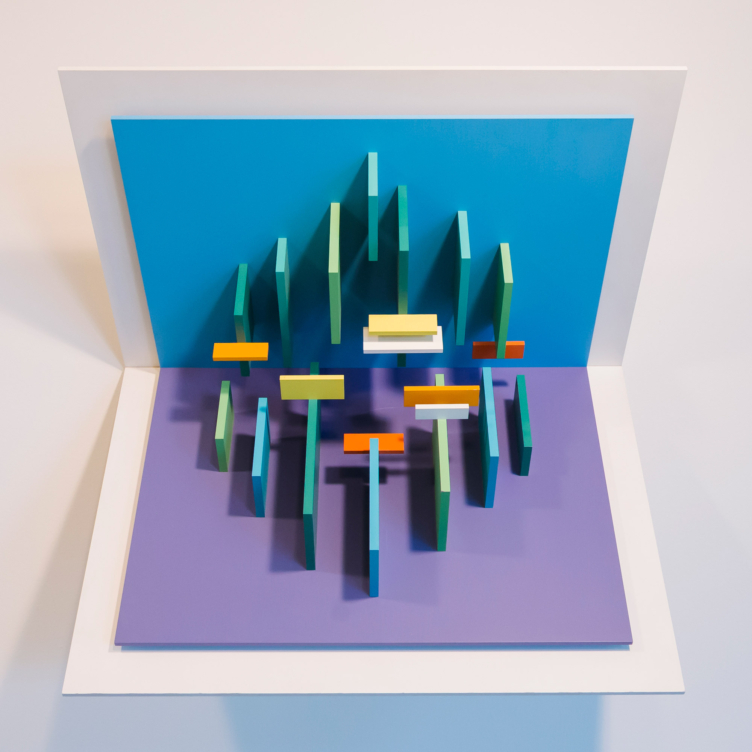 In Parallel to Nature
In Parallel to Nature
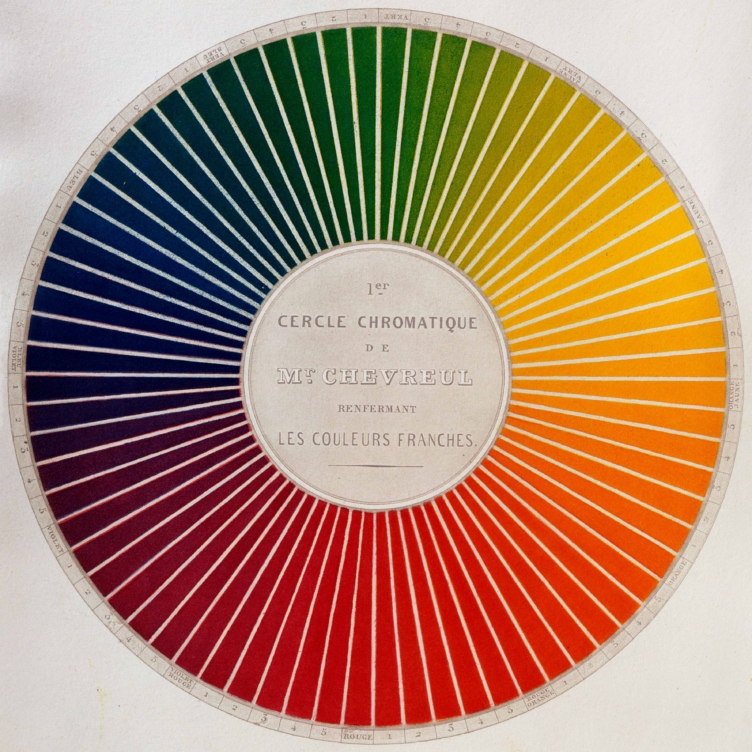 Wheel of Fortune
Wheel of Fortune
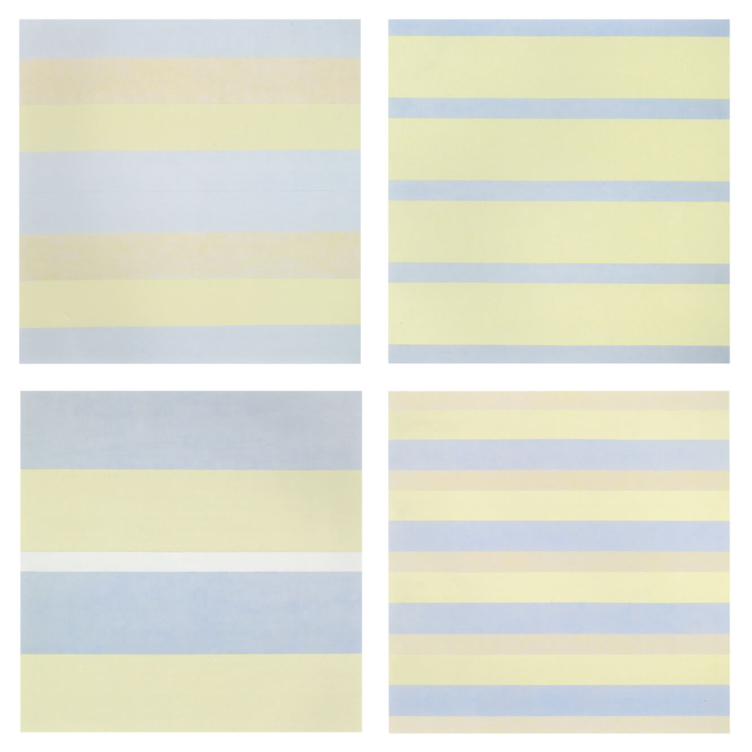 Paintings after emotional states
Paintings after emotional states
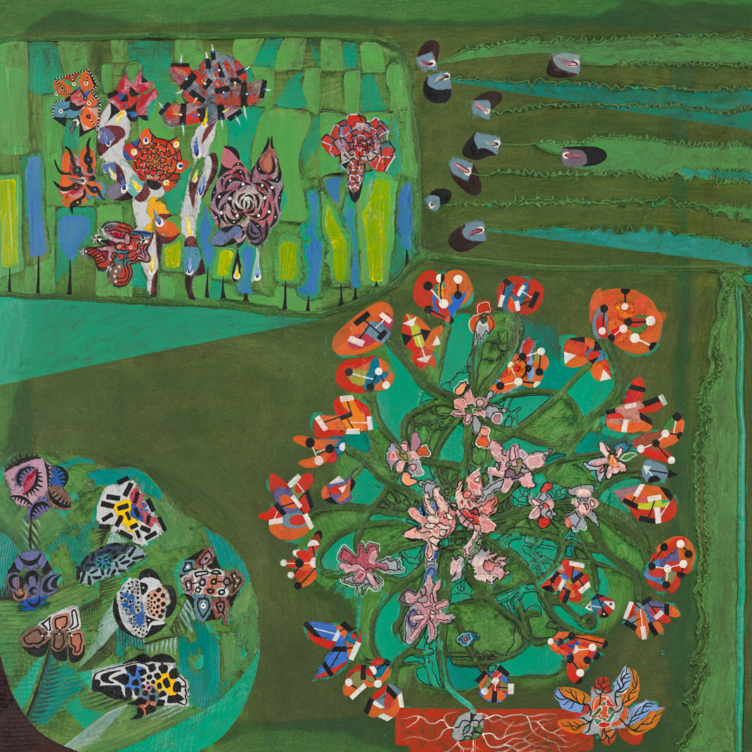 Garden of Delight
Garden of Delight
 Stitching the Archives
Stitching the Archives
 A Working-Class Hero
A Working-Class Hero
 Imagining Entangled Futures
Imagining Entangled Futures
 Bridging Far and Near
Bridging Far and Near
 Soft Power
Soft Power